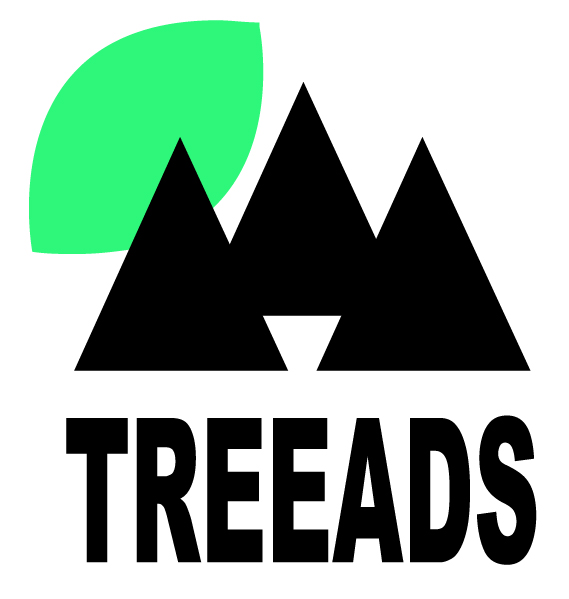©2025 MKLab.
Some Rights Reserved.
Built with Hugo & hyde-hyde.
Logo made by Freepik from www.flaticon.com
TREEADS aims to build upon state-of-the-art products and unite them in a holistic Fire Management platform that optimizes and reuses the available socio-technological resources in all three main phases of wildfire management. For the Prevention and Preparedness phases, TREEADS proposes the use of a real-time risk evaluation tool that receives multiple classification inputs and works with a newly proposed neural network-powered risk factor indicator. To create a model of Fire Adapted Communities (FAC), in parallel to insurance incentives, TREEADS will use Alkali-Activated Materials (AAM), integrating Post-wildfire Wood Ashes (PWA) for fire-resilient buildings and infrastructure. TREEADS also uses a variety of technological solutions such as the Copernicus infrastructure, and a swarm of small drones customized for accurate forest supervision. In the area of Detection TREEADS propose a variety of toolsets that will accommodate most needs, ranging from Virtual Reality for the training, wearables for the protective equipment of the emergency responders, to UAVs and airships for improving capacity in temporal and spatial analysis as well as for increasing the inspected area coverage.
During the following 3.5 years of project lifetime, TREEADS will build a new restoration initiative that will use all modern techniques such as agroforestry, drones for seed spread, Internet of Things sensors that will be able to adapt the seeding process based on the ground needs and, on the same time, with the help of AI to determine post-fire risks factors. TREEADS solution will be demonstrated and validated under real operating conditions. Demonstration will involve eight complex pilot implementations executed in seven EU countries and in Taiwan.
In TREEADS, the Multimedia Knowledge and Social Media Analytics Laboratory (MKLab) of Information Technologies Institute (ITI) at CERTH has a significant contribution by leading the development activities of the fire danger index estimation, by employing Big Data Analytics and Artificial Intelligence. Knowledge is extracted and fused from social media data, satellite imagery and other optical and in-situ data sources. MKLab develops a four-layered wildfire detection methodology based on the interoperation of satellites, pseudo-satellites (Zeppelin), aerial and remote sensing systems covering web and social media mining, big data processing, decision support and visual analytics

LC-GD-1-1-2020